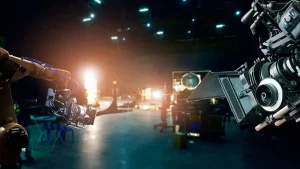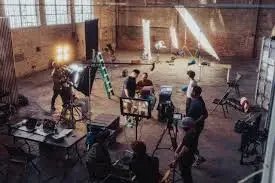Setup and payoff are one of the surefire tricks in the world of movies that make stories feel neat and satisfying. Behind every dialogue, prop, or small gesture of a character, there is often a deeper meaning—and none of it is accidental. Yes, movies are never random. This technique is often used to plant clues at the beginning (setup), then give an emotional or narrative reward at the end (payoff).
Imagine you are watching a movie, and in the opening minutes there is a scene where the main character glances at an old box under the bed. The box is not opened, its contents are not explained, it is just shown. Then, an hour later, the character is in a tight spot and suddenly opens the box… and its contents help them get out of the problem. That’s the setup and payoff.
- Setup: subtly inserting information or an object at the beginning of the story.
- Payoff: providing the “reward” or effect of that information in the next part of the story.
Simply put: setup = promise, payoff = fulfillment of the promise.
Why Is This Technique Important?
Because humans love connections. Audiences don’t just want to know what happens, but also why it happens. When a scene has a strong payoff from the previous setup, it creates a sense of satisfaction. It’s like putting together a puzzle—each piece connects, making us feel smart.
This technique can be used for:
- Building suspense
- Incorporating foreshadowing
- Deeply touching the audience’s emotions
- Avoiding deus ex machina (magical events that suddenly appear without explanation)
Iconic Examples
1. Back to the Future (1985)
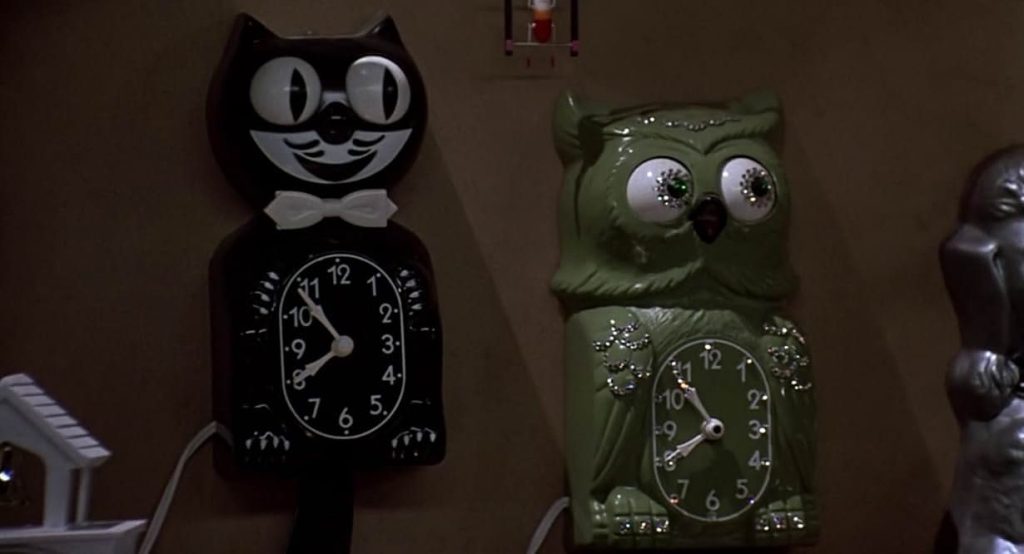


At the beginning of the movie, we see clocks scattered around Doc Brown’s lab. This isn’t just a visual gimmick—it’s a setup for the whole idea of time. Even the pet dog, Einstein, becomes a payoff when he is sent to the future for one minute.
2. Parasite (2019)
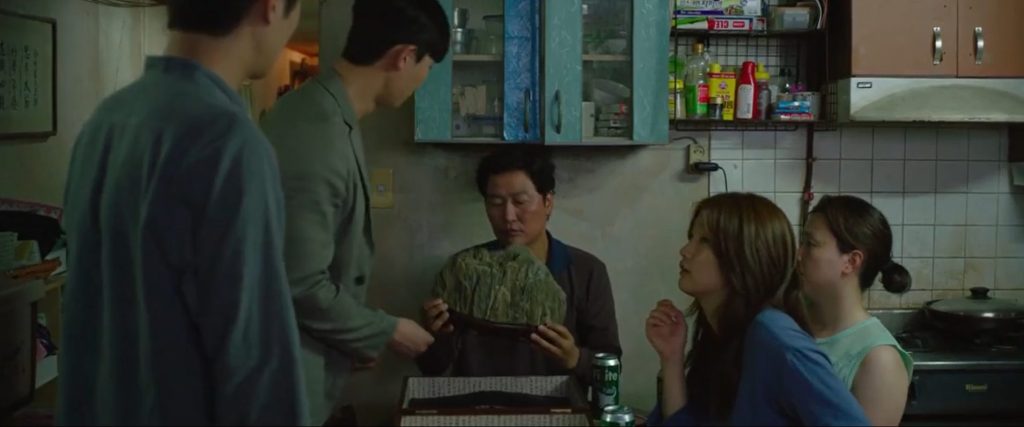
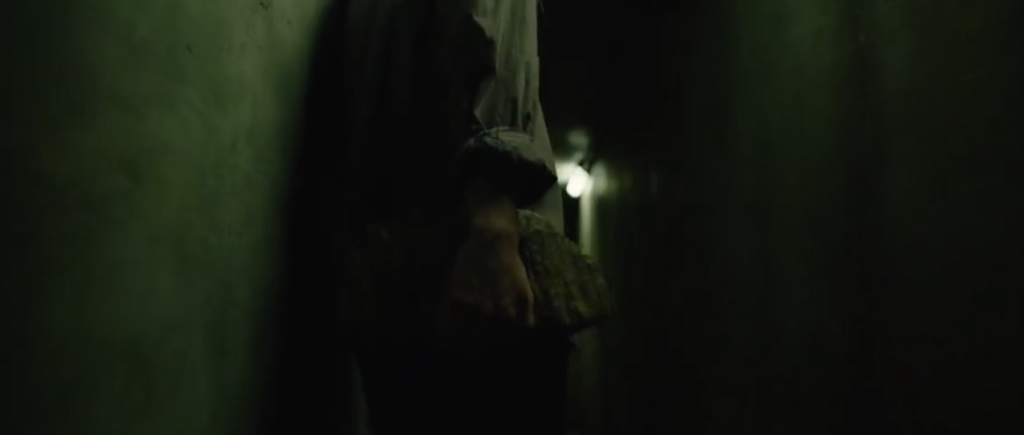
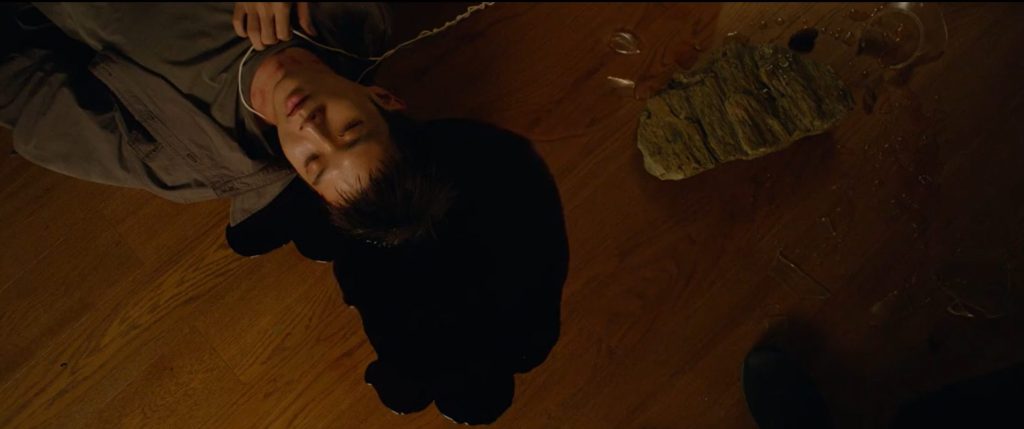
The stone, believed to bring good luck, appears at the beginning as a setup and ends up as a head-cracking tool in a tragic and ironic payoff. Bong Joon-ho knows how to play with symbols.
3. John Wick (2014)

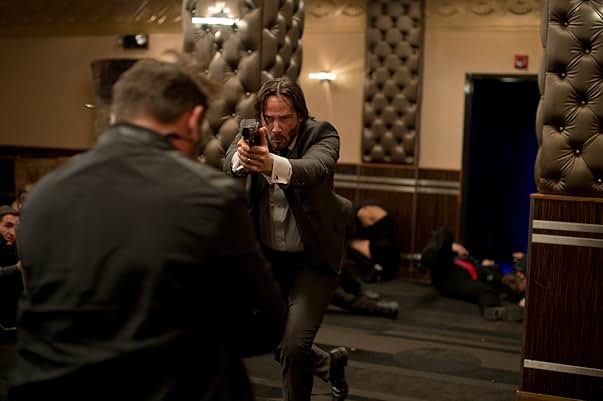
A small dog gifted by his late wife. It seems small, but this setup explodes into the main reason for all the brutal actions in the movie. The emotional payoff? Priceless.
The Payoff Won’t be Felt if The Setup is Weak
Many movies fail to make the audience emotional, not because the idea is bad, but because the payoff feels forced. Usually, the source of this problem lies in the setup being insufficient—or even worse, not being used at all. The result? The climax scene feels like it came out of nowhere, because the movie’s flaws become clearly visible.
This is different from movies that are good at planting “seeds” at the beginning, then nurturing them slowly until they finally reap a truly satisfying moment at the end.
Types of Setup and Payoff
1. Visual
Example: a weapon displayed on the wall (Chekhov’s Gun).
2. Emotional
Example: a character’s past trauma is explained at the beginning, which is the reason why they make a big decision at the end.
3. Dialogic
Example: jokes or trivial conversations at the beginning of the story that come back as punchlines or irony at the climax.
4. Thematic
Example: movies that open and close with monologues about the main theme—for example, loneliness, freedom, or loss.
Setup and Payoff Don’t Always Have to Be Subtle
Not all setups need to be hidden like Easter eggs. Sometimes, even explicit setups can still be impactful if presented at the right time. The key isn’t about hiding things, but about building up the tension. And like everything in storytelling, timing is everything.
Tips for Screenwriters
Plant early, harvest late. The longer the gap between setup and payoff, the greater the dramatic effect—as long as it remains relevant.
Don’t be too obvious. If the setup is too blatant, the audience will figure it out. Leave room for surprise.
Use it at all levels: characters, plot, theme. Setup and payoff don’t have to be big. Even small things can become memorable moments.
Revise with intention. In the first draft, you might not know what to use as the payoff. But in the second revision and beyond, you can start restructuring the setup to make the payoff feel stronger.
Read also: 11 Essential Technical Elements of Movie Screenwriting.
Setup and payoff are not just techniques, but the heart of satisfying storytelling. They show that your story is not random, but has a designed structure. When you successfully plant the seeds and harvest them correctly, the audience doesn’t just watch—they get involved. And isn’t that our main goal in storytelling?

